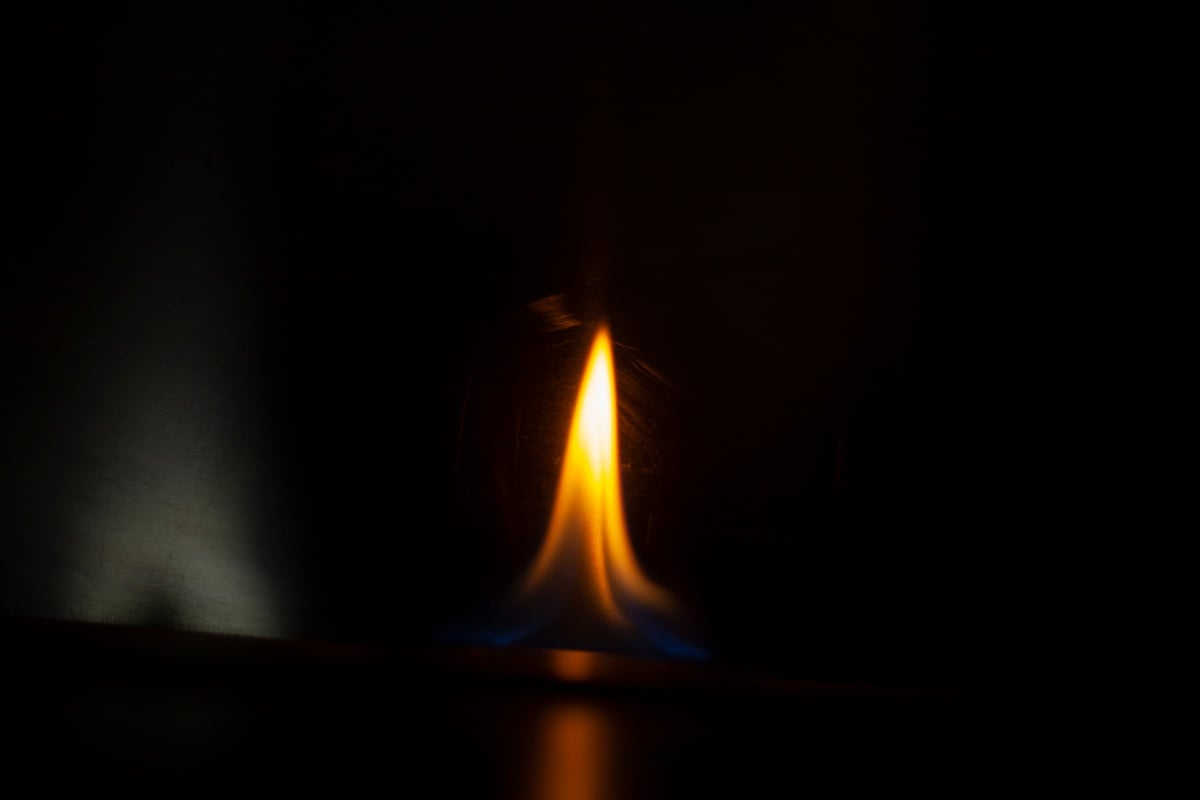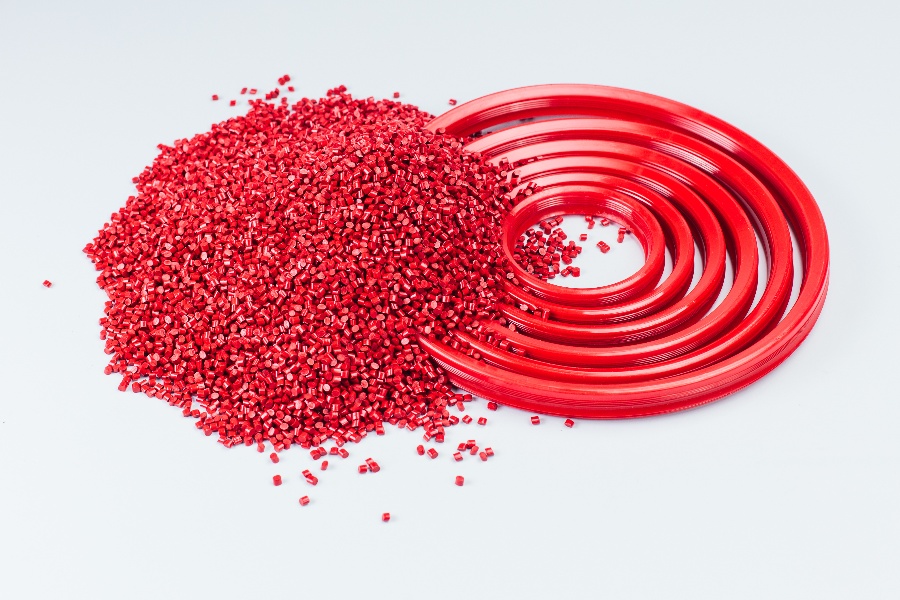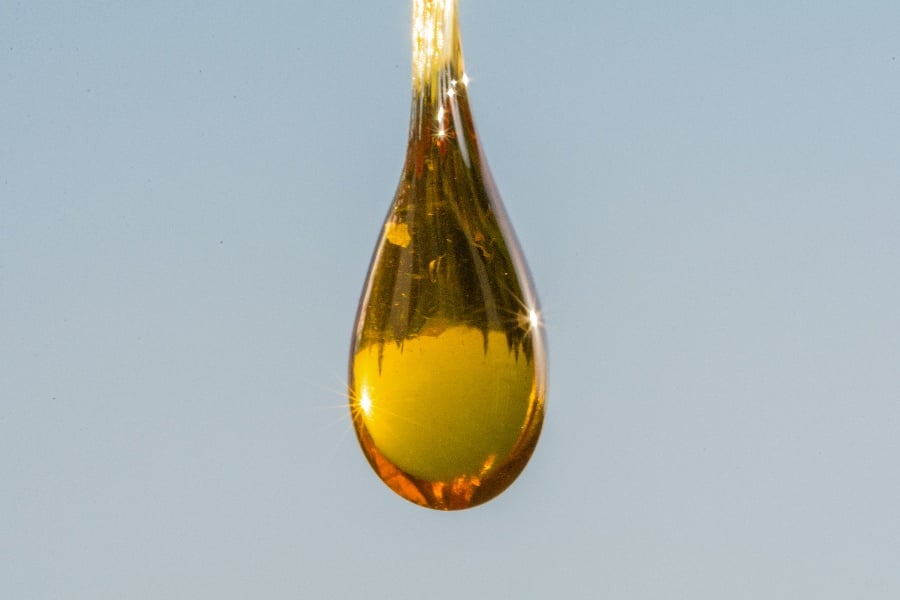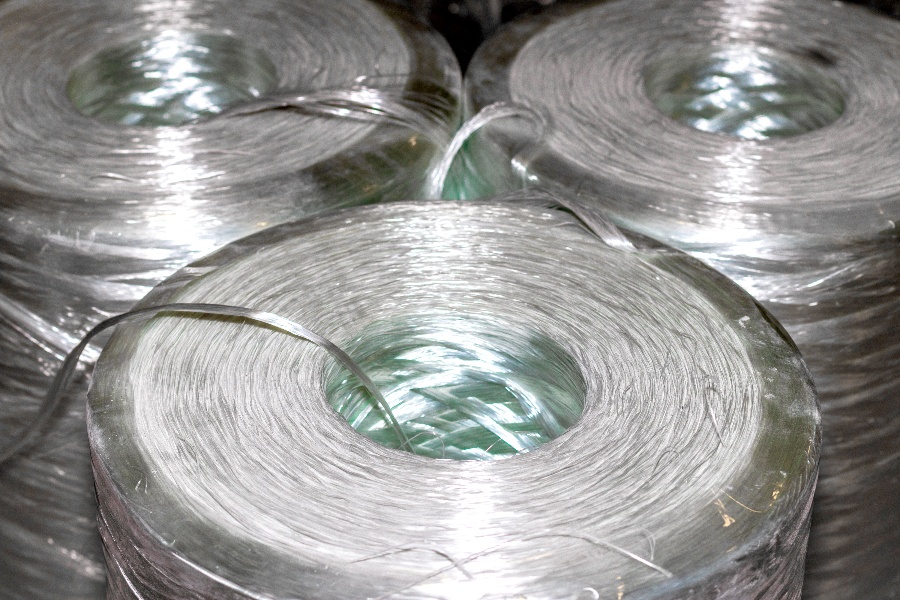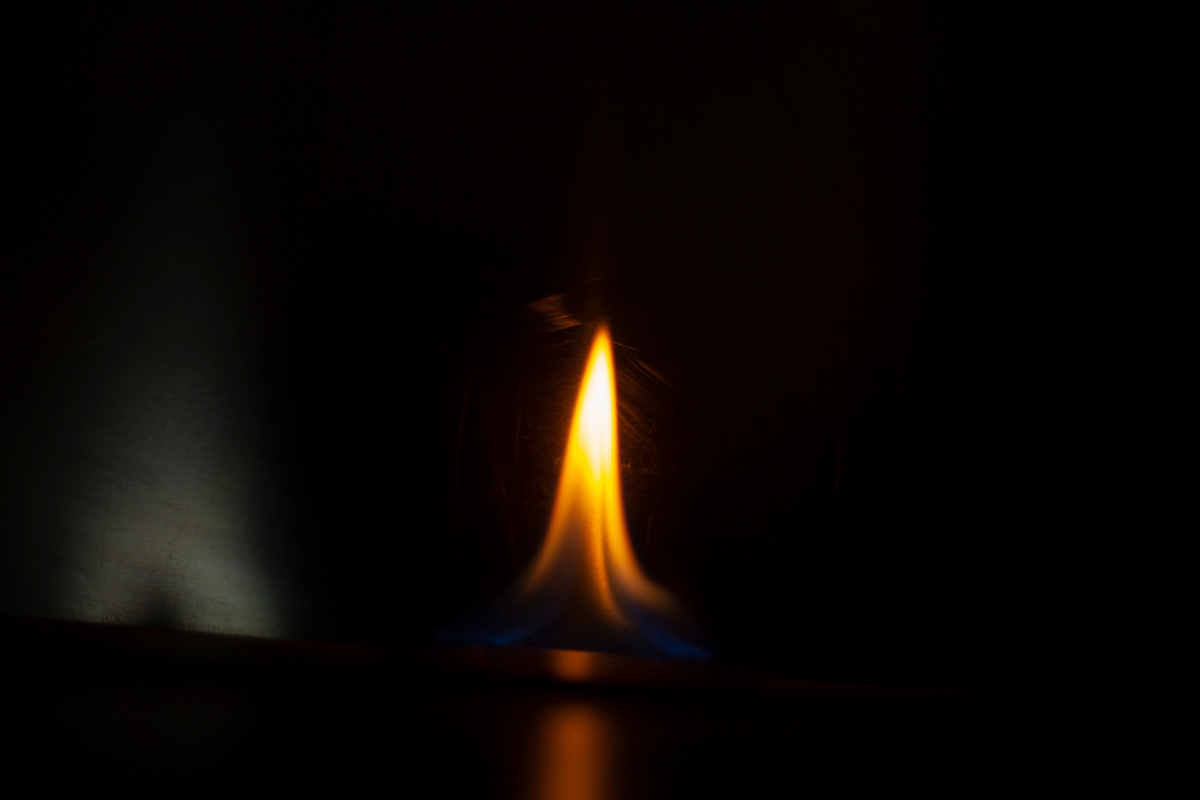
Fire retardant composites of yesterday were either confined to lower strength limits or made with flame retardant chemicals that have been found to be unacceptable to the environment and health safety.
Thermosetting Polyurethane
Thermosetting polyurethane, especially when fiber reinforced, are coming to the lead in composites usage by being superior for many uses to Epoxy, Polyester and Vinyl ester. With superior physical strengths and advantages in many chemical and environmental uses pultruded reinforced polyurethane is providing the perfect inroad to many applications.
By incorporating flame-retardant chemicals during its production process, when exposed to fire, these chemicals react to form a thick, protective, and insulating layer of carbon char. This layer acts as a barrier, slowing the material's combustion and significantly reducing heat and smoke release. It's a crucial material in industries such as construction, furniture manufacturing, and automotive, where safety standards are stringent, and the risk of fire is high. This unique material can reduce the spread of flames, providing additional necessary minutes for evacuation and firefighting efforts.
Despite its synthetic nature, it's possible to engineer fire-retardant polyurethane to comply with environmental norms. Many manufacturers now produce variants low in Volatile Organic Compounds (VOCs) and free from harmful substances like halogen and phosphorus. Such advancements are positioning fire-retardant thermosetting polyurethane as a safe, effective, and environmentally conscious choice in flame-resistant materials.
One of the main advantages of pultruded fire-retardant polyurethane is it maintains all the benefits of polyurethane even with the fire-retardant profile. Let's begin by taking a closer look at polyurethane.
Polyurethane is a versatile polymer used in a wide range of products. It is a synthetic material that can mimic the characteristics of natural substances, including rubber, cotton, and wood. The main advantage of polyurethane is its remarkable adaptability; it can be stiff and rigid like plastic or flexible and soft like a piece of fabric, depending on the needs of the final product.
The creation of polyurethane involves a chemical reaction between polyols, complex alcohol-based compounds, and isocyanates, an organic compound. Product Manufacturers combining these ingredients can tailor the material by modifying these ingredients or adding other substances. This adaptability allows for the use of polyurethane in various applications, such as insulation materials, car parts, coatings, adhesives, and mattresses.
Polyurethane's durability and resistance to weather, heat, and other environmental factors make it a favored material in many industries. For example, the automotive sector uses polyurethane to produce lightweight parts that improve fuel efficiency. In the construction industry, polyurethane provides excellent insulation, helping to reduce energy costs.
Although numerous benefits exist in polyurethane, here are the most noteworthy:
- Durability: Polyurethane offers high resistance to impact, Fatigue, abrasion, heat, and chemical exposure, which enhances its durability.
- Flexibility: It can be manufactured into various shapes and sizes, allowing for multiple applications.
- Insulation properties: It is an excellent insulator against heat, cold, electricity and noise.
- Water-resistance: It demonstrates superior waterproof qualities, making it suitable for humid or damp conditions.
- Cost-effectiveness: Polyurethane is a cost-effective choice because of its longevity and minimal maintenance requirement.
- High load-bearing capacity: Polyurethane's shape might change under a heavy load, but it will return to its original after removing the weight, with only a slight compression set in the material.
- Strong bonding properties: Polyurethane bonds to many materials, including adhesives, metals, wood, and other plastics, making it ideal for wheels, rollers, and inserts.
- Mold, mildew, and fungus resistance: Most polyurethane will not sustain fungal, mold, and mildew growth, making them suitable for tropical environments.
- Polyurethane and fiberglass pultrusion:
Fiberglass Pultrusion
Fiberglass pultrusion is a process that creates continuous lengths of fiberglass-reinforced plastic (FRP) profiles by pulling raw materials through a heated die. This process combines the high strength of glass fiber with the plasticity and resilience of various resins, such as polyurethane. Pultrusion is versatile and can produce a broad range of products, from rods and tubes to complex custom profiles, a feature that makes it popular in many industries.
Polyurethane resin exhibits outstanding physical properties, including high strength, excellent flexibility, and superior resistance to wear, heat, and chemicals, resulting in exceptional performance in pultrusion applications. When combined with fiberglass, carbon fiber, and other reinforcements through pultrusion, the resultant FRP profiles maintain these high-performance attributes. As such, the use of polyurethane resin in pultrusion not only contributes to the strength of the final product but also adds to its durability, making it a preferred choice in demanding applications.
Advantages
The advantages of polyurethane--strength, fatigue, and environmental resistance--is now available in a fire-retardant profile with the following benefits:
- Provides a profile that does not have the dangerous (and outlawed) materials previously used to make fire-retardant composites.
- Meets the Underwriters Lab requirement for UL94V0 flame resistance.
- May be allowed in some NEMA-approved uses.
- Typically, it will be effective with little difference in performance in temperatures from above boiling to -40° F.
- Provides a product that experiences little loss in physical strength from weathering exposure.
- Allow add-ons like basic profile coloring and permitting powder coating-ready applications.
In summary
Flame-retardant polyurethane is an innovation combining the beneficial properties of polyurethane and the high strengths of pultrusion with the safety enhancements of fire resistance. Its wide range of applications, from home furnishings to electrical insulation and automotive interiors, underscores its importance in enhancing product safety and potentially saving lives.
The advent of flame-retardant polyurethane is a testament to the ongoing advancements in material sciences. As research continues to evolve, one can anticipate further improvements in the flame-retardant properties of this material, potentially paving the way for even safer, more resilient products in the future.

